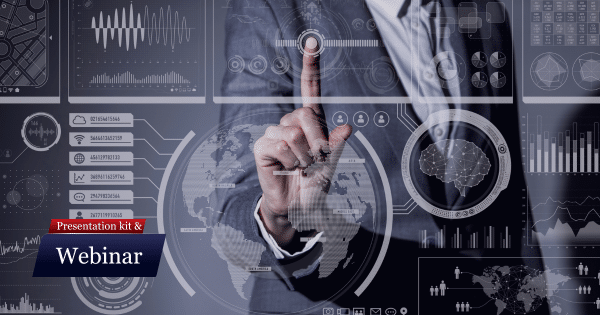
Microsoft Licensing Q&A: Everything you wanted to know about Microsoft, but were too afraid to ask! – Webinar and Presentation Kit
Are you confident you’re getting true value from your Microsoft spend, or just funding their growth strategy?

Are you confident you’re getting true value from your Microsoft spend, or just funding their growth strategy?
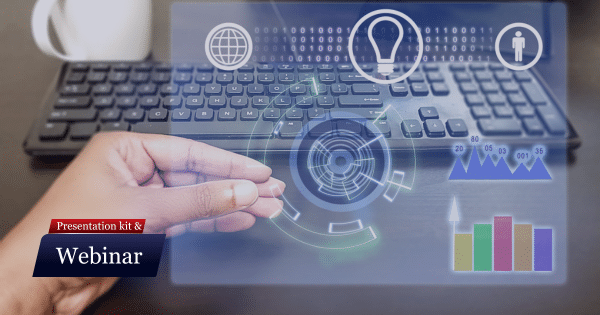
Unsustainable AI vendor economics demand a strategic focus on governance, true costs, and open-source models for lasting innovation and competitive advantage.

A successful Enterprise Risk Management (ERM) program integrates technology with strategic, financial, legal, and reputational risks for business resilience.

End-user testing is crucial; it guarantees new systems truly meet user needs, enabling a smoother operational handover via service desk and project team collaboration.

Modernising B2B contracts is key to value creation, shifting from time-and-materials to rewarding outcomes for sustainable, innovative partnerships.

Robust AI governance is a strategic necessity to navigate new risks, ensure compliance, and build stakeholder trust in an AI-driven landscape.
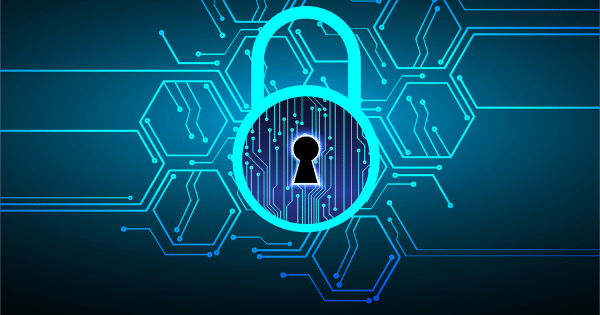
Enhancing cyber resilience hinges on evolving cyber security awareness programs to actively measure and influence human behaviour and organisational culture, fostering a shared responsibility beyond the IT department through visible metrics and incentivisation
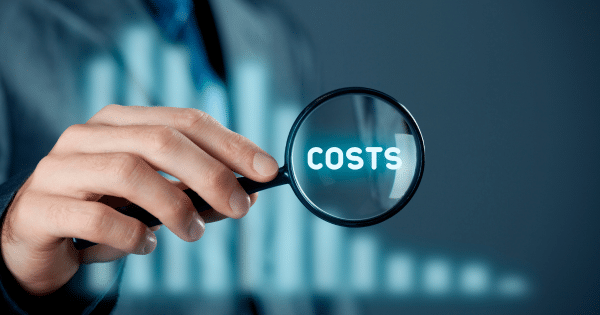
Australian organisations and Government agencies are continually letting us know that they are being asked to reduce costs and are expecting smaller budgets in 2025/2026. Organisations need to take a more strategic approach to cost reduction to ensure that overtime they are optimising IT Costs, not just merely reacting to reduced budgets.
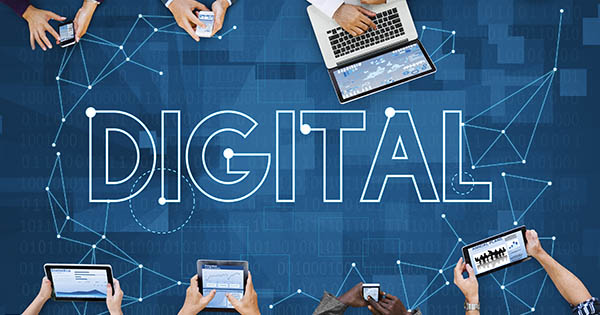
C-suite digital literacy: strategy, data, workforce alignment. CIO-led sessions on IT’s role, fostering organisational governance and technology understanding.